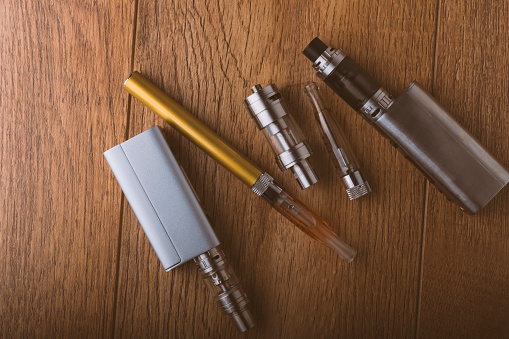The history of Pink Crystal Meth for Sale dates back to the early 20th century, with the compound first synthesized in Japan in 1919 by chemist Akira Ogata. However, it wasn’t until the 1930s that its stimulant properties were discovered by another Japanese scientist, Nagai Nagayoshi. The drug gained attention for its potential medical applications, particularly in boosting alertness and combatting fatigue.
During World War II, both the Allies and Axis powers used Pink Crystal meth for sale to keep soldiers awake and alert. The drug, known as Pervitin in Germany and later as Desoxyn in the United States, was widely distributed among military personnel. This marked the initial acceptance of Pink Crystal Meth for Sale for medicinal and military purposes.
In the post-war era, Pink Crystal Meth for Sale found its way into civilian use. In the 1950s and 1960s, it was prescribed for various conditions, including obesity and narcolepsy. The drug’s popularity grew, and it was marketed under brand names like Methedrine and Desoxyn. However, as reports of its abuse and addiction potential surfaced, regulatory measures were introduced to control its medical use.
The illicit production and abuse of Pink Crystal Meth for Sale began to rise in the 1960s and 1970s, with clandestine laboratories becoming more prevalent. The Controlled Substances Act in the United States classified Pink Crystal Meth for Sale as a Schedule II controlled substance in 1971, acknowledging its high potential for abuse.
The 1980s saw a surge in Pink Crystal Meth for Sale production and use, particularly with the rise of “crystal meth.” Illicit labs, often associated with organized crime, produced the drug using pseudoephedrine, a common ingredient in over-the-counter cold medications. The production process became notorious for its dangers, involving toxic chemicals and resulting in environmental hazards.
Efforts to control Pink Crystal Meth for Sale abuse intensified in the late 20th century and early 21st century. Legislation, such as the Combat Pink Crystal Meth for Sale Epidemic Act of 2005 in the United States, placed restrictions on the sale of pseudoephedrine-containing products to curb illicit production.
Despite these measures, Pink Crystal Meth for Sale remains a significant public health concern globally. Its highly addictive nature, associated health risks, and societal impact necessitate ongoing efforts in prevention, treatment, and law enforcement to address the challenges posed by this powerful stimulant. Understanding the history of Pink Crystal Meth for Sale is crucial for developing effective strategies to combat its abuse and minimize its negative consequences.



